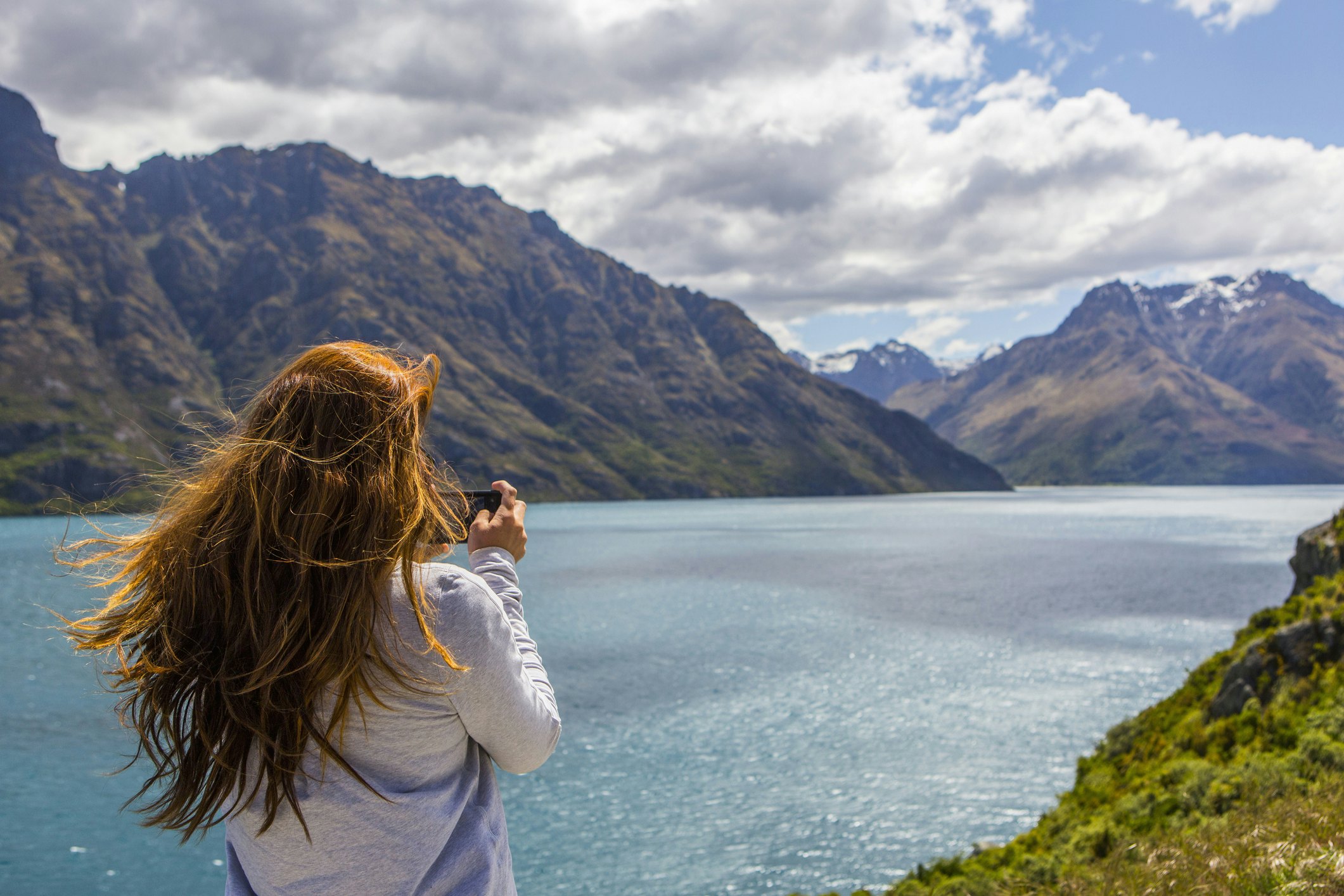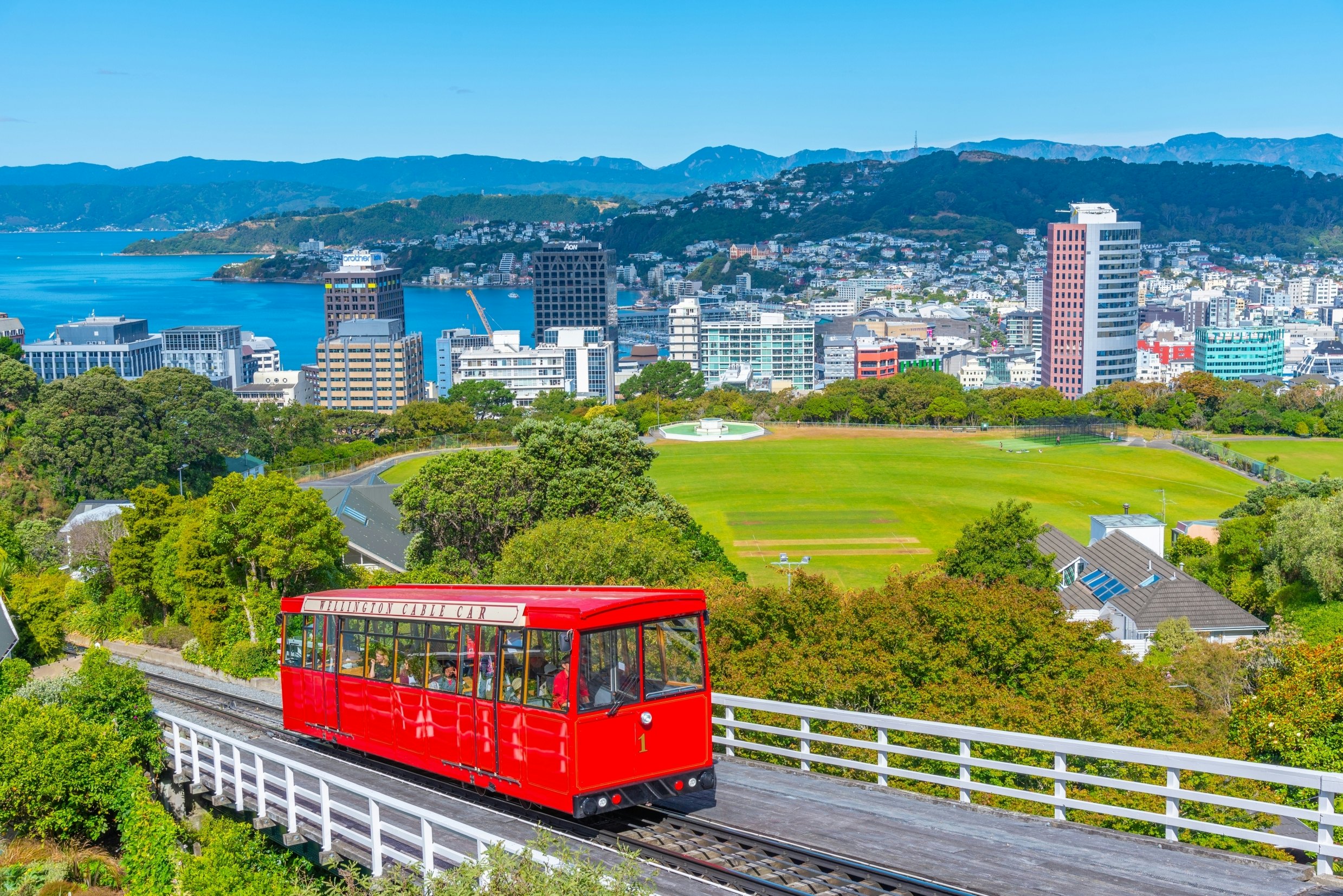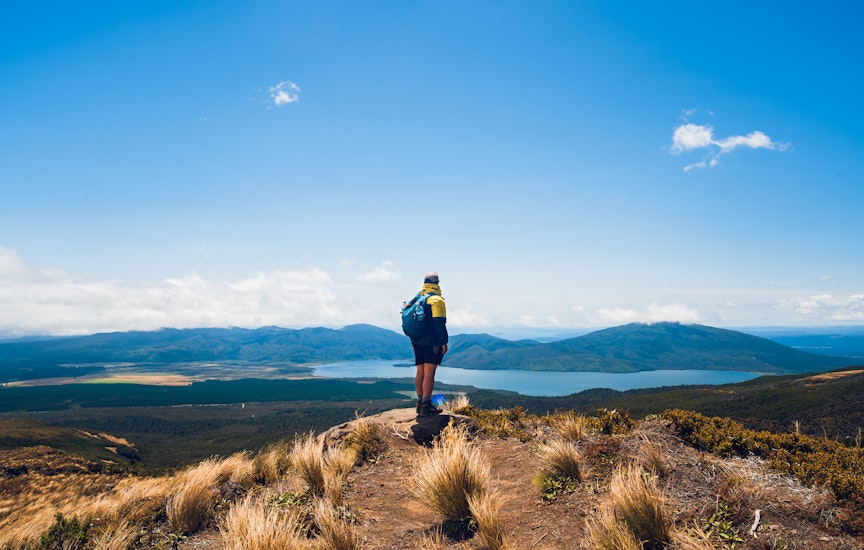
The 30 best countries, cities and regions to visit in 2025

Apr 22, 2025 • 7 min read

Lake Pukaki and Aoraki/Mt Cook. Mumemories/Shutterstock
New Zealand has astounding natural beauty, innovative cities, unique traditions, award-winning food and wine, and some of the friendliest people youāll ever find. English-speaking visitors will have no problem communicating in person, but many significant activities in New Zealand are geographically remote, in places that may have limited cell phone service.
Planning your connectivity ahead of time is always a good idea. However you choose to get around Aotearoa, here's how to use your cell phone, find a New Zealand eSIM, access wi-fi and work with local service providers to keep you online.

Although New Zealand is often seen as a tiny spot at the end of the Earth, take comfort in knowing this place is very much modern when it comes to connectivity!
With local 3G, 4G and 5G networks to connect to, activating Global Roaming on your home country network before you arrive is certainly doable, but perhaps not the most affordable or convenient choice. The most reliable option is to opt for a local SIM card or an eSIM such as those from . Bearing in mind, while indulging in nature-based fun like the Great Walks, scenic drives, or some remote camping spots, youāll need to be prepared to be out of service for a time.
Once youāve sorted your preferred option, the next step is to keep in mind just how many gigabytes (GB) of data you might need per day. This can save you in the long run, given so much of travel is now enhanced with apps like Google Maps (which can chew through up 200MB per hour of usage), and entertainment from streaming services like YouTube and Netflix (which can take 1GB per hour of watching). In New Zealand, 10GB is a typical amount for travelers staying for a week and plan on streaming lots, whereas a 40G plan may be more fitting for a longer stay.

There are three major Telco networks operating in New Zealand:
: the oldest provider in NZ with reliable 4G coverage nationwide, and an expanding 5G network.
(previously Vodafone): the widest 5G coverage of all, great rural coverage, and its 3G and 4G coverage extends to 98% of New Zealanders.
: wide 4G coverage across the country, but its 5G network is currently limited or expanding.
While in very remote areas some networks may remain stronger than others, the extent of the coverage from all three service providers extends to most of the places Kiwis and visitors work and play. All of these networks can be tapped into with a prepaid SIM or travel SIM plan. Note that New Zealand's 3G network will be shut down in December 2025.
You can purchase a local SIM card upon arrival at kiosks and vendors inside the major international airports, Auckland International Airport or Christchurch Airport. Once out in the real world, you can also grab one at any of the major carrier flagship stores dotted across the cities and larger towns, with professionals to help. Travelers looking for a quick solution, however, can pop into a local convenience store, supermarket, or selected gas stations nationwide that sell prepaid SIMs on the go.
Bring your passport along with you for identity verification purposes, and remember to do a quick on/off check with your new SIM in place before leaving the store to ensure things have been set up correctly.

If you prefer to stay connected without the hassle of physically installing a SIM, New Zealand's major networks and a handful of other providers offer eSIMs.
eSIMs offer a few advantages to a physical SIM:
It can be bought anywhere, even before you leave home, so you have access as soon as you land.
There's no passport, fingerprint or address required.
You don't need to remove your current SIM.
You can use several carriers and phone numbers at once.
If you run out of data, it's easy to add more.
They're available on some smartphones, tablets and watches.
For the most reliable and easy transition into travel connectivity, we recommend as our international eSIM partner. start from as affordable as US$3.79 for 1GB, and capacity ranges up to 20GB (US$37.04). Use code LP5 to receive 5% off your Saily mobile data plan.
All airports in New Zealand offer free wi-fi, which is straightforward to tap into. Donāt rely on these for large amounts of streaming, but to get you in contact with loved ones or hosts, check your emails, and make necessary transport arrangements to your accommodation, it will be perfectly adequate.
Out and about, you can also rely on public libraries or i-SITE info centers for a secure connection, and some museums and galleries in the larger cities. Most cafes will also happily provide you with a wi-fi password with your order if you ask. Hotels, hostels, resorts and Airbnbs will also offer generous wi-fi access, depending on their proximity to urban areas ā remote wilderness cabins or destination stays may not have this available, so always check with your host.

In March 2025, 37th in the world for mobile speeds and 31st for fixed broadband. Optimum mobile internet is accessible in all major cities and tourist towns, but given so much of the country is unpopulated natural land and remote regions, expect outages and/or limited coverage on many of the long stretches of highway, back roads, mountain passes and very small towns. Downloading offline maps and required content before heading into these areas is always a good idea.
Censorship in New Zealand will not affect short-term visitors accessing web resources or social media platforms necessary for your stay in the country. The only sites regulated by government censorship laws are those involving illegal, offensive or harmful content, and copyright infringement. It is legal to use a VPN in New Zealand.

Auckland has a free wi-fi service ā Aucklandwi-fi@Tomizone ā that you can connect to in public spaces throughout the city for 30 minutes per day. Sky Tower, Auckland Art Gallery and Auckland Museum offer free wi-fi to visitors. Te Papa museum in Wellington, and Christchurch Museum in Christchurch (temporarily closed for renovations until 2029) also offer free wi-fi throughout the museums.
Given most of the main tourist sites or landmarks in NZ are geographical and nature-based (like Piopiotahi/Milford Sound and Cape Reinga), itās best to rely on mobile data while exploring outdoors.
Rest assured: communicating your connectivity needs and navigating your way around English-speaking NZ will be straightforward for English-language speakers.
All three of the major domestic networks can be tapped into with a prepaid SIM, and offer good travel SIM deals that work out more economical for short-term visitors.
Costs for 10G sit around $49 (US$29) at One NZ, $45 (US$27) at 2degrees, and $49 (US$29) with Spark, and all include unlimited calls and texts within NZ, with One NZ and Spark travel SIM plans also including calls and texts to some international numbers. 2degrees also offers a pay-as-you-stay plan, with pricing based on the length of your visit.
International eSIM options, like , offer a hassle-free setup and save you time, with plans per GB starting at US$3.79.

NZ is very used to tech being used in public. Just be sure to apply the same etiquette as you would back home, and read up on customs before entering sacred sites or marae (MÄori cultural complexes) out of respect. The use of drones is prohibited in many areas for safety or privacy reasons, so be sure to check aviation regulations first.
The plug type has three flat prongs in a triangle, and operates on a 30V supply voltage and 50Hz. If chargers from your own country require a lower voltage (USA, Canada, Japan), just ensure your appliance states whether it is safe to use up to 240 volts.
Dialing 111 will connect you to the police, the fire service, search and rescue, or an ambulance via an emergency operator, and all calls are free.
If you are doing any multiday hikes or wilderness expeditions, itās a good idea to rent a personal locator beacon (PLB) from a local Department of Conservation (DOC) office, and inform someone of your departure time and estimated return. Downloading trail maps for offline use from services or is also handy if exploring by foot or boat.
Transparency statement:
This article was produced by Lonely Planet as part of our partnership with Saily. Lonely Planet's advice and opinions are solely our own.
Plan with a local
